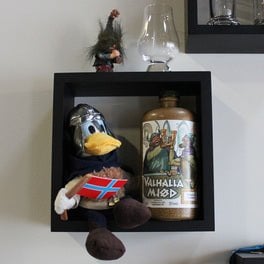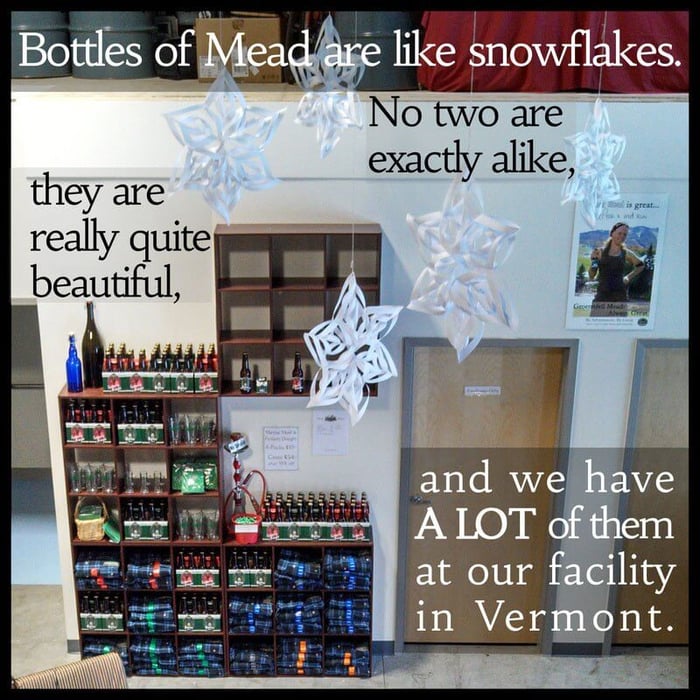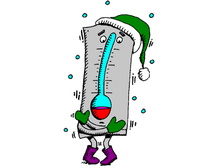 Yes, Ricky cut the horns off Donald’s Helmet
Yes, Ricky cut the horns off Donald’s Helmet
The term “honeymoon” is a very common one appearing in languages as diverse as Welsh (mis mêl), Portuguese (lua de mel), Hebrew (ירח דבש), Tamil (தேனிலவு ), Arabic (شهر العسل), and Bengali (মধুচন্দ্রিমা). In every case the term translates either to “Honey + Month” or “Honey + Moon.” The mere geographic scope of the word is pretty freakin’ cool. But, abandoning its cognates for a moment, let’s jump back to English.
The earliest citation in English is from 1546, though the term almost certainly predates this substantially, given its linguistic kin and the context in which it is first recorded. In fact, just a few years later in 1552, Abcedarium Anglico-Latinum pro Tyrunculis refers to it as a time which the “vulgar people call the hony mone” indicating that it was already a common term used by the lower class.
So, what does this mean for our pet etymological story?
The list of Red Flags:
1. Every language which has the term “honeymoon” has a word for “mead.” It is quite unlikely that every single one of them would have either chosen to employ (or preserve) the use of “honey” when “meadmoon” could have been substituted.
2. We have no evidence to suggest that the drinking of mead for the first month of a marriage was a common practice anywhere, even with the dipsomaniacal Vikings.
3. The term is present in many cultures which do not commonly consume alcohol (notably in the Middle East and southern India).
4. The earliest etymologies describe the term as “the first month after marriage, when there is nothing but sweetness and pleasure.” (From the famous Samuel Johnson Dictionary of the English Language.)
5. The story sounds like it was made up for marketing mead.
There you have it: Another tour guide etymology shattered! Nevertheless, we now have a fine opportunity presented to us.
Just because the word “honeymoon” doesn’t come from the practice of drinking mead for a straight month after your wedding, it doesn’t mean that you must eschew the opportunity! The photo with this article is one of many bottles of mead enjoyed by the owners on their honeymoon to Norway surrounded by several arcane Norwegian references.
So, in conclusion, if you’re on a tour of a meadery and the tour guide tells you that they have a “honeymoon mead” and proceeds to tell you a cock-and-bull story about where the word comes from, don’t be an asshole. Just keep your damn mouth shut and enjoy the samples.





